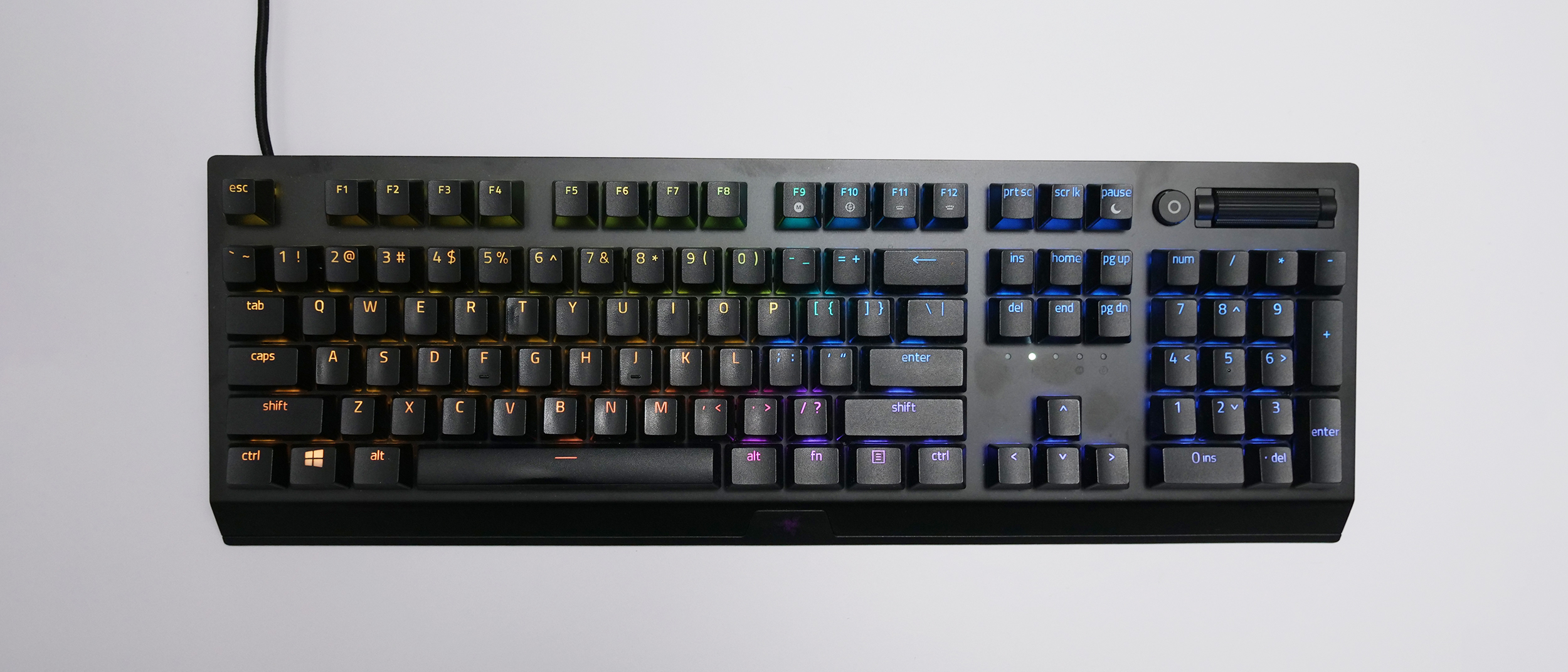Laptop Mag Verdict
The Razer BlackWidow V3 delivers the same premium experience as the company’s higher-end gaming keyboards at a much more affordable price.
Pros
- +
Excellent build quality
- +
Minimal matte black design
- +
Extensive lighting and customization options
- +
Comfortable typing experience
- +
Affordably priced
Cons
- -
Bundled wrist rest is terrible
- -
Long cable is not ideal for all setups
- -
Limited extra controls
Why you can trust Laptop Mag
The Razer BlackWidow V3 is the wired version of the Razer BlackWidow V3 Pro, and beyond the addition of a cable, there’s a considerable drop in both weight and price that make it the better solution for some users.
For $139, the BlackWidow V3 gives you an excellent entry point into a full-size keyboard that still delivers the same excellent build quality, full-RGB lighting and robust software that has earned previous Razer keyboards a spot among our best gaming keyboards.
I've now been using the Razer BlackWidow V3 as my primary keyboard for gaming and productivity work for a few weeks. While there are a couple of other choices to consider before hitting that buy button, the BlackWidow V3 is a solid option and an excellent value for those looking to step into the world of mechanical gaming keyboards.
Razer BlackWidow V3 price and configuration options
There are three versions of the Razer BlackWidow V3 and all of them cost $139. The Black model is available with two different sets of switches below the keycaps, either Razer Green or Razer Yellow. The Quartz model is limited to just the Razer Green switches.
Razer Green is the traditional option, which is most comparable to Cherry MX Blue with a 1.9mm actuation point, 4mm of key travel and 0.4mm reset point. Razer Yellow is a newer linear option similar to a Cherry MX Speed Silver with a 1.2mm actuation point, 3.5mm of key travel and 0mm reset point.
For those who haven’t looked into keyboard switches previously, this means the Razer Green is considerably louder and better suited to general-purpose use with a mix of typing and gaming. The Razer Yellows are relatively quiet and more expressly for gaming, requiring just a slight depression to activate and instant reset. More serious gamers will appreciate the Razer Yellow, but either one is perfectly suitable for mixed-use in my experience.
My review unit features the Razer Green switches, but if you are interested in more specifics on the Razer Yellow switches, I covered them in my recent review of the wireless version of this keyboard, the Razer BlackWidow V3 Pro.
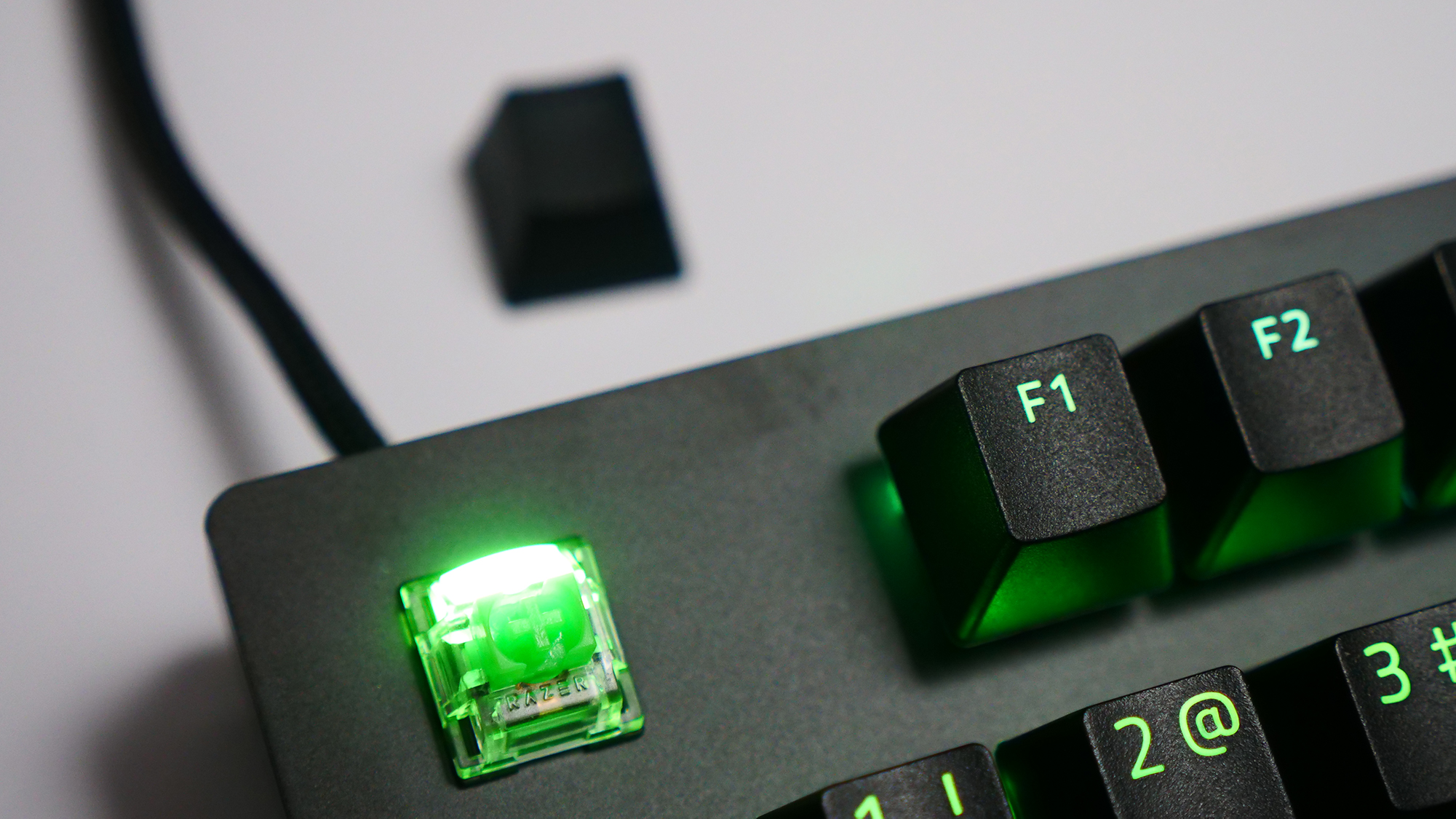
Razer BlackWidow V3 Gaming Keyboard design
The BlackWidow V3, even more so than its wireless sibling, doesn’t call attention to itself as a gaming keyboard at first glance. It wouldn’t look out of place in an office setting with only a standard full-size keyboard layout along with a multi-function roller wheel and media key in the upper-right corner.
While the rest of the body is plastic, the top is a durable matte-black aluminum. The keycaps are Razer’s new doubleshot ABS which I’ll address in the keys section. If you have a strong preference for PBT keycaps, it's an easy swap out, and Razer has four color options available for $29: Green, Mercury, Black and Quartz.
I say that the BlackWidow V3 doesn’t scream gaming keyboard, but that’s assuming you don’t have the RGB light show on full display. All of the keys, except for the aforementioned media controls, offer full RGB backlighting as well as the Razer logo centered at the front of the keyboard.
A wrist rest will naturally block that logo, so if you are looking to Clark Kent your gaming keyboard for work, just pick one up that doesn’t prominently feature the Razer logo like the one bundled with it. Speaking of which, you should definitely pick up a different wrist rest anyway because Razer’s is a bare-bones option made of rigid plastic that only relieves pressure by giving you a better angle for typing.
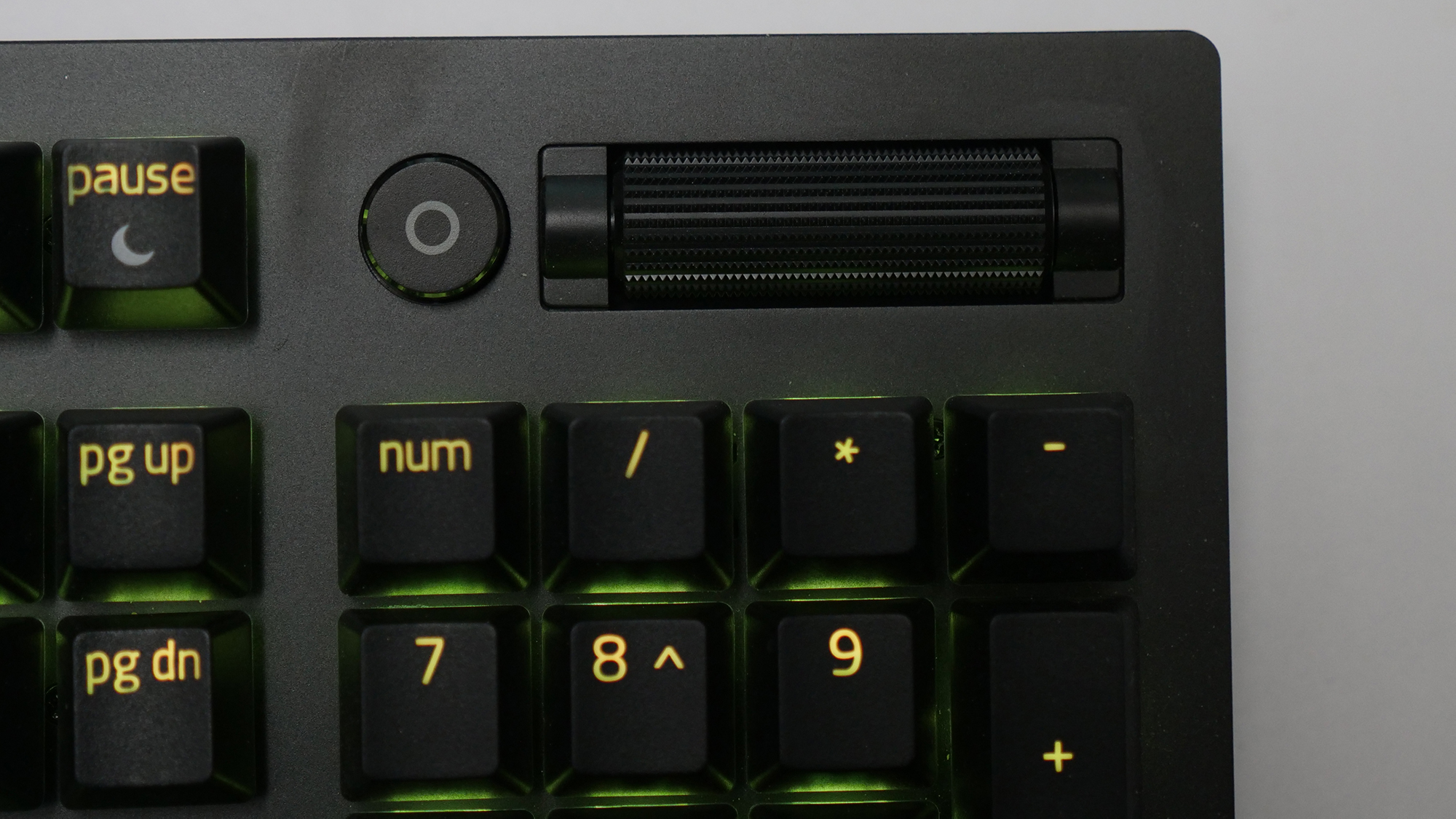
The braided USB Type-A cable is six feet long, which should be plenty of reach for most people. It was a bit excessive for my own setup as I was just routing it to a USB-C hub on my desk, making the thick braided cable a bit of a hassle. Helpfully, the keyboard has built-in cable management on the bottom so you can route the cable from the left, right or center depending on your desk layout. If you are all in on USB Type-C already, you’ll need either a hub or at least a USB Type-A-to-USB Type-C adapter.
The bottom of the BlackWidow V3 features four rubberized pads that do an excellent job of holding the keyboard in place on your desk. To get a more pleasant typing angle, there is a pair of two-stage foldable feet at the top of the keyboard that let you set it at either six or nine degrees.
Again, beyond the RGB lighting that I’ll address in the software section, the only extras found on the BlackWidow V3 are the media controls at the top right. By default, the media key is set to control play/pause, skip, and back while the roller wheel handles volume and mute (click the roller in). While I have a slight preference for the more complete set of media controls found on the BlackWidow V3 Pro, these perform their functions well and offer a clean, minimal look.
The BlackWidow V3 Pro comes in at a reasonable 2.2 pounds and 17.8 x 6.1 x 1.7 inches, which is pretty average for a full-sized keyboard. If you are looking for something that takes up a little less desk space, check out the BlackWidow V3 Tenkeyless (14.3 x 6.1 x 1.62 inches, 1.85lbs), which drops the number pad.
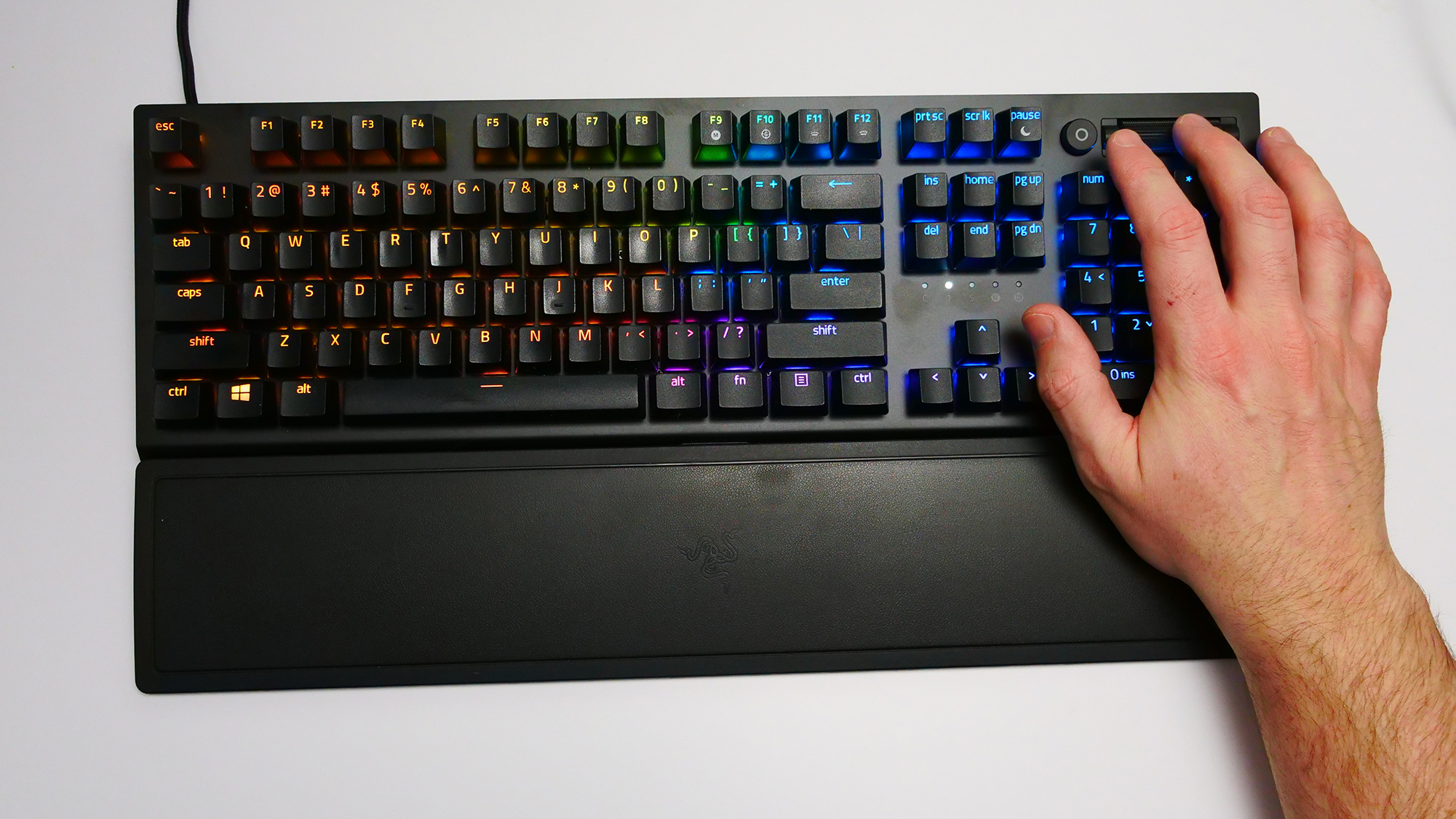
Razer BlackWidow V3 keys
The BlackWidow V3 Pro has a standard 104-key layout, excluding the media key and roller wheel. The keys are Razer’s new doubleshot ABS keycaps that, after about three weeks of testing and tens of thousands of words, are showing no wear. I can’t speak to the long-term durability, but the doubleshot process is intended to prevent wear with added thickness and layering over the lettering. The switches are rated for 80 million keystrokes, so even the most prolific and aggressive users should be good for a few years.
If you are coming from laptop keyboards or membrane keyboards, the Razer Greens are going to be a shock to the system both in terms of the key travel and the auditory assault. I said this keyboard could do double-duty in an office, but only if you are in your own office and won’t be subjecting a cubicle or open office mate to your typing. Now, don’t get me wrong, I love the staccato report of the Razer Greens as I type; it feels like I’m typing something vitally important at a fantastic rate, but it takes some getting used to.
Again, for those of you coming from laptop or membrane keyboards, the deep 4mm of key travel on the Razer Green switches is going to feel like sinking into a big comfy couch. The 1.9mm actuation point alone is more travel than even the best laptop keyboards and the 0.4mm reset point will handle even the fastest typists.
If you are in a shared office or work from home, consider the Razer Yellows as they deliver a very comfortable typing experience with considerably less noise thanks to the new silicon dampeners. Gamers will also value some of the advantages of the linear Razer Yellow switches, including the 0mm reset point.
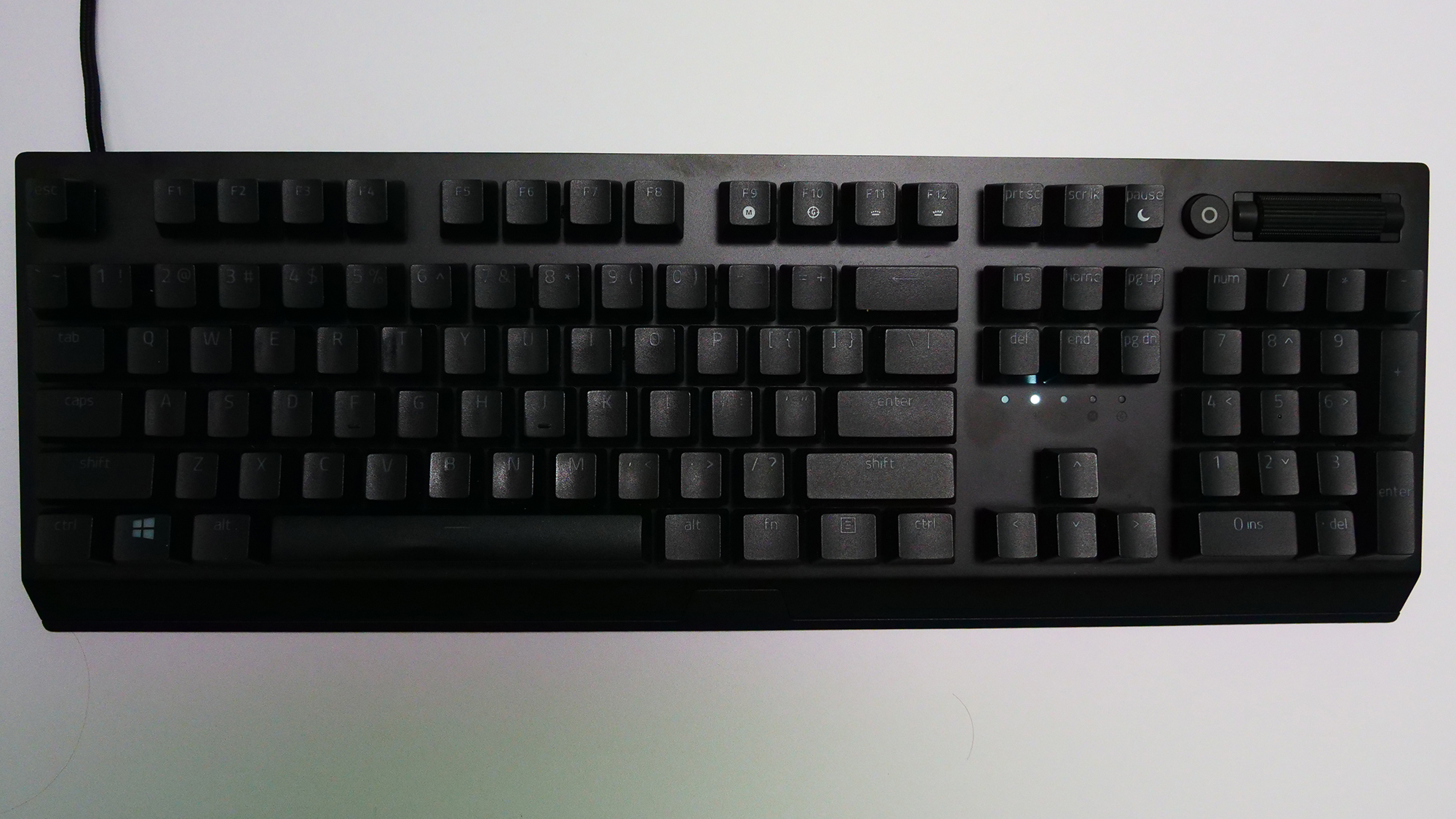
Razer BlackWidow V3 performance
Despite the very different feel of typing on this keyboard versus the Razer Yellows or my regular Lenovo Yoga C940, it doesn’t seem to impact the speed of my typing at all. My 10fastfingers.com results came in at my normal 86-wpm average. However, my accuracy was slightly better than normal. I suspect the longer actuation point is saving me from the occasional misfire, so that is giving me a bit of a speed boost when it comes to editing.
While the Razer Green switches on my review unit are geared more to mixed-use than pure gaming, this is still a gaming keyboard after all, so I put it to the test with some Call of Duty: Black Ops Cold War and Assassin’s Creed Valhalla. Having just come off reviewing a BlackWidow V3 Pro with Razer Yellow keys, I could acutely feel the differences between the two.
If you are playing a fast-twitch game like CoD, the Yellow’s are absolutely going to be the superior choice for peak performance. The minimal actuation point and instant reset help immensely there. However, for slower-paced games like AC: Valhalla, there’s little discernible difference between the two switches. And to be clear, if you are a casual gamer the difference isn’t going to be significant enough that you'll care if the sound or the feel of the Razer Greens appeals to you.
While I’m not going to be taking home any esports trophies anytime soon, I have a slight preference for the Razer Yellow, even for mixed-use. While I enjoy the sound of the Razer Green switches over the course of a day, the excessive noise can get to be a bit much.
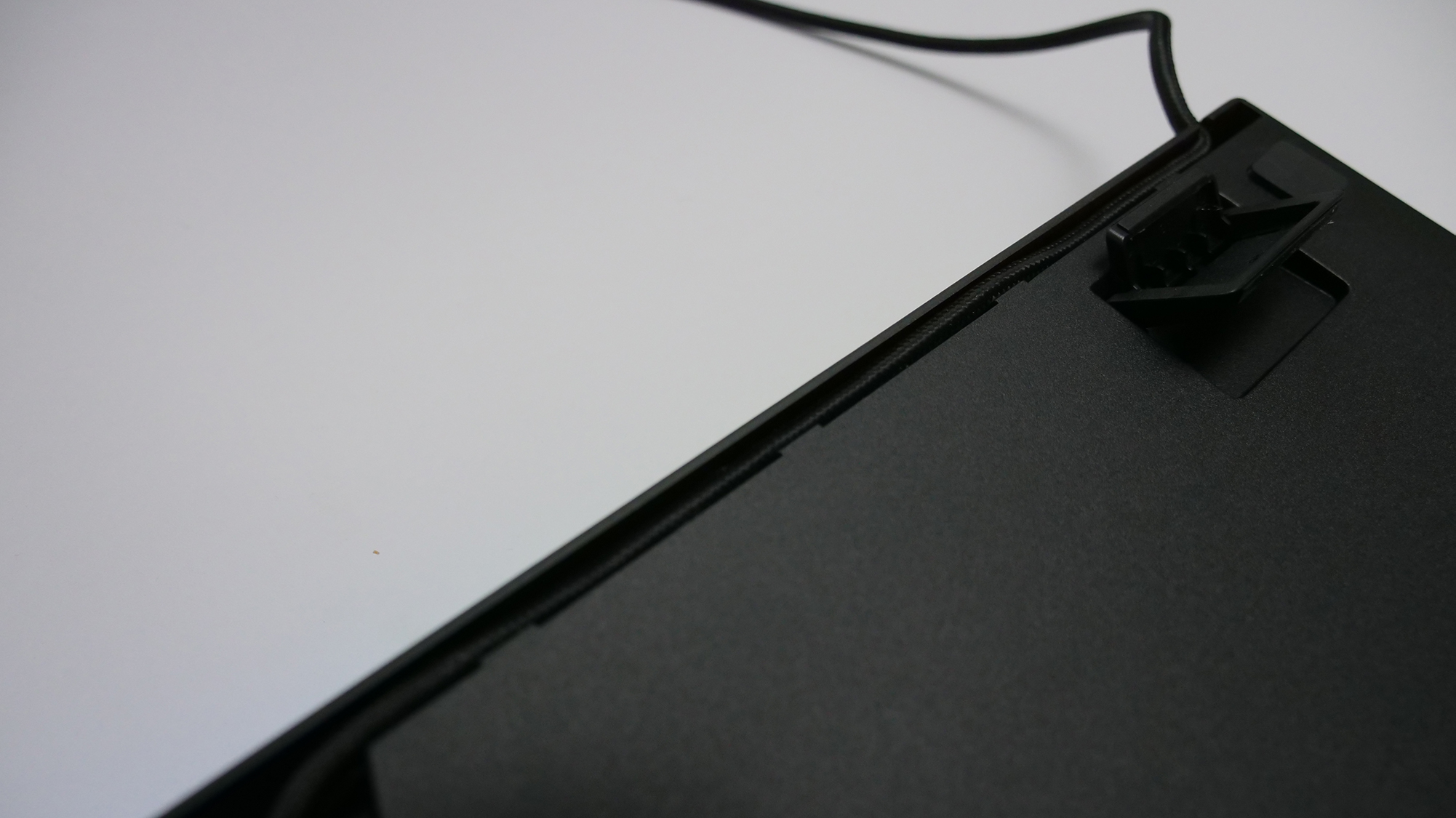
Razer BlackWidow V3 Pro software
As with all of Razer’s devices, the Synapse app is the key to the more advanced features of this keyboard. With the app installed, you can remap keys, create macros, control the RGB lighting, create profiles and set up Hypershift shortcuts.
If a lot of that sounds unnecessary to you, don’t worry. You can get deep into configuring your keyboard through Synapse, all of the basics are accessible. When you launch the app, you will see any attached Razer products listed under Devices and can click one to begin configuring it.
The two primary tabs are Customize and Lighting with the latter handling your RGB and the former doing pretty much everything else.
The main screen for the customize tab is an image of your keyboard; you simply click on any key to remap it. Only the Windows key and the right function key can’t be remapped. The right function key is the Hypershift key; if you click on Standard at the bottom of the keyboard view, you can remap any key to have a different behavior when holding down Hypershift. Macros are assigned in the same way with an overflow menu that appears when you click on any key in the customize view.
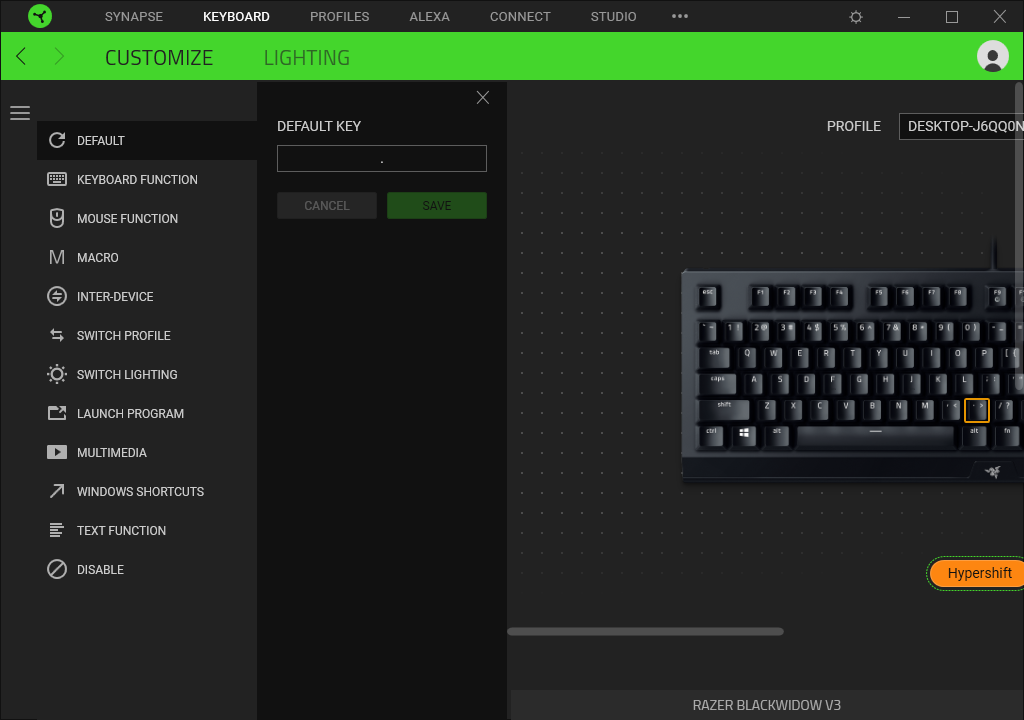
There are 11 quick effects options for lighting if you just want something basic, but if you want to take complete control of your keyboard lighting, there are near limitless options. For this, you will crack open Chroma Studio and you can apply any combination of those 11 effects with per-key RGB lighting set to any color you can imagine. Still not enough? With Connect your keyboard can react to in-game events for some games, or you can use it to connect up with your Alexa, Philips Hue, Nanoleaf and more to wield your RGB lighting power throughout your space.
And if this is a shared space or you have changeable moods with your keyboarding, you can set up to four on-board profiles with different keyboard and lighting customizations each.
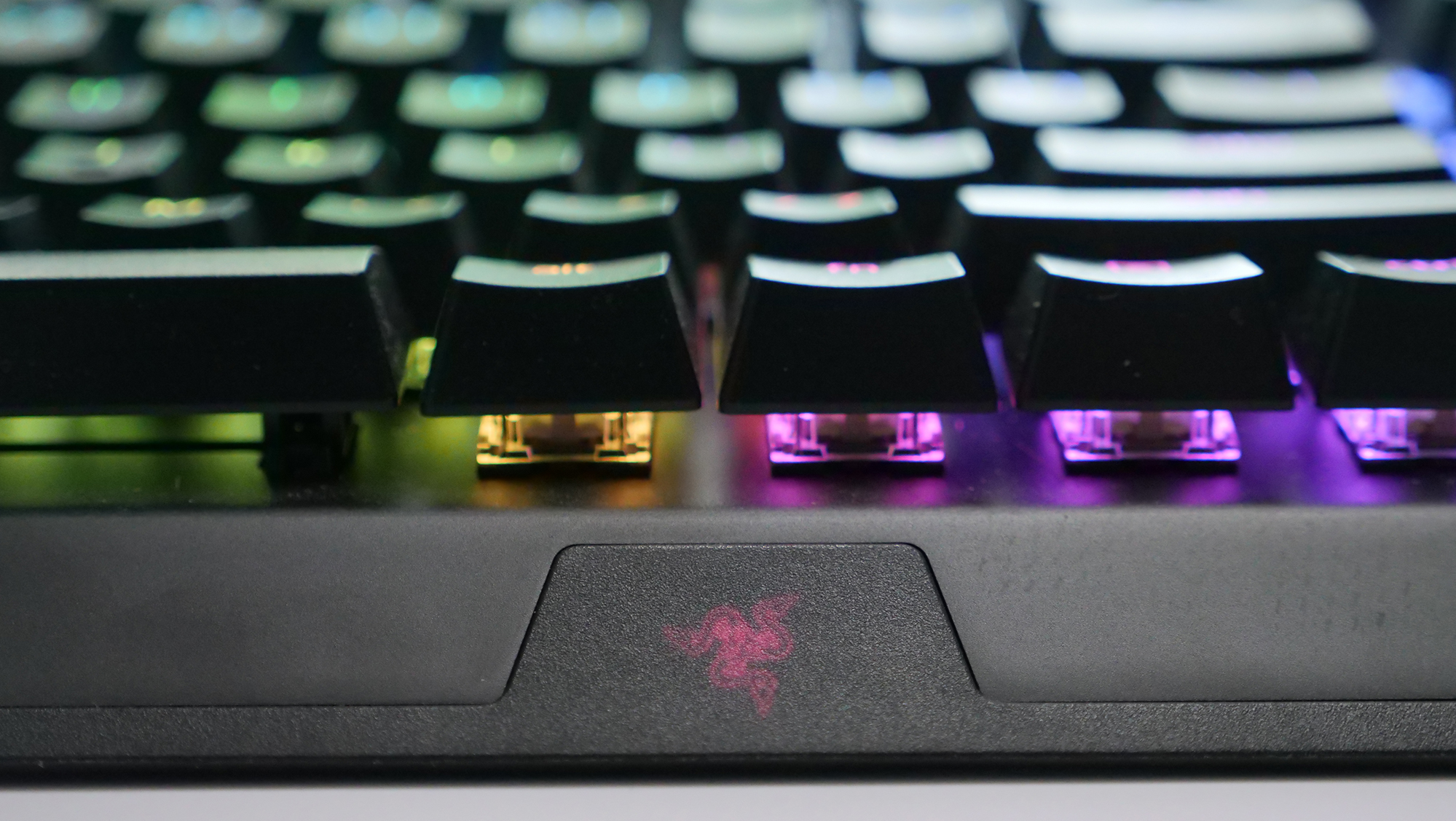
Bottom line
The Razer BlackWidow V3 at $139 is certainly not cheap, but if you don’t mind dealing with cable management, the keyboard brings you all of the great features and excellent build quality from the BlackWidow V3 Pro at $90 less. Given the projected longevity of this keyboard and the robust Razer ecosystem, it feels like a solid value.
If, on the other hand, money is no object, we recently reviewed the Razer Hunstman V2 Analog, the bleeding edge of gaming keyboard design with the company’s new analog optical switches. But at $249, it’s a serious investment.
Returning to the BlackWidow V3, I came away pleased with its performance as a gaming and productivity keyboard. And while I admittedly just scratched the surface of the RGB functionality and was a bit skeptical at first, it does legitimately make the keyboard more fun to use. There’s something very soothing about the shifting colors even when I’m typing away for hours. In a similar vein, the depth of functionality and accessibility of Razer Synapse keeps me tinkering with this keyboard and finding new ways to optimize my settings. Finding a way to make my keyboard more compelling is certainly a useful trick, and the BlackWidow V3 pulls it off.
Sean Riley has been covering tech professionally for over a decade now. Most of that time was as a freelancer covering varied topics including phones, wearables, tablets, smart home devices, laptops, AR, VR, mobile payments, fintech, and more. Sean is the resident mobile expert at Laptop Mag, specializing in phones and wearables, you'll find plenty of news, reviews, how-to, and opinion pieces on these subjects from him here. But Laptop Mag has also proven a perfect fit for that broad range of interests with reviews and news on the latest laptops, VR games, and computer accessories along with coverage on everything from NFTs to cybersecurity and more.
